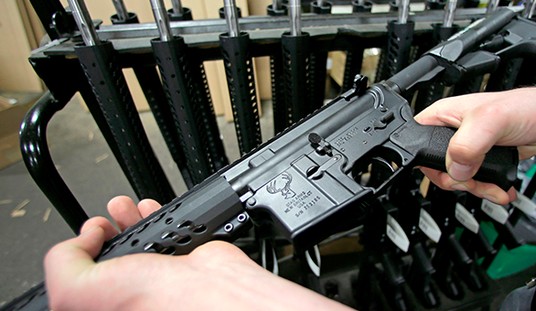During the Viet Nam War several Viet Cong engaged our forces in a running fire fight and when we finally closed in for the kill they fled into in a Buddhist Pagoda and hid. I turned to my South Vietnamese counter-part, shrugged my shoulders and said, “Sorry Colonel, my rules of engagement are that we must observe the sanctity of all South Vietnamese religious buildings. If the Viet Cong don’t come out voluntarily, we are forbidden to go in and get them; unfortunately the enemy knows our rules of engagement as well as we do.”
The Colonel nodded his head, spoke a few words to his executive officer and several minutes later some Vietnamese soldiers arrived carrying shoulder fired rocket launchers. They very methodically blew a huge hole in the wall of the pagoda, threw in a bunch of hand grenades, killed or captured the Viet Cong who were hiding inside, and continued on with the mission.
By showing respect for their pagoda we Americans were trying to win the hearts and minds of the Vietnamese people. The Vietnamese Colonel was trying to win the battle. His actions reminded me of something a Korean officer, to whom I was an advisor many years before, had once said to me, “If you grab them by the throat their hearts and minds will follow.”
As best I can tell from the news coverage of the War in Afghanistan, our troops have been directed to win the hearts and minds of the Afghan people at all costs. While we observe these niceties, the Taliban sometimes win by default. In war adopting a hearts and minds strategy is nothing new, but it is still just as dangerous and difficult to carry out as it has been in previous military engagements.
To win, our soldiers should be authorized to use whatever force is necessary. This means that if a terrorist fires at our soldiers with a rifle, they should return fire with a machinegun. If they fire at us with a rocket launcher, we return fire with a tank gun. If a terrorist sniper fires from a Mosque window killing one of our soldiers, we “direct lay” an artillery piece at a point about one meter below the center of the window sill, fire one round and take out the sniper, wall and all.
On page 106 of my book: From Private to General: An African American Soldier Rises through The Ranks, I write:
During the question-and-answer period, one of my classmates … asked (the instructor), “How do you save a nation from … enslavement when the inhabitants refuse to fight for their own freedom?”
“You don’t,” he said. “You let them be enslaved.” Then scornfully he added … “You can occupy them and take over their government and armed forces, including promotion authority. This assumes that you also run their communication systems, transportation, and public schools…
“If the United States is willing to make such an extreme sacrifice for 20 or 30 years, perhaps you can successfully … raise up a generation of young people who will embrace your values and be willing to fight and die to preserve their own freedom … You can’t do for other nations and people what they won’t do for themselves.”
U.S. rules of engagement in Afghanistan can’t be based on what we imagine other nations might think of us or how the Afghans may or may not respond to our actions. General George S. Patton once said, “Wars might be fought with weapons, but they are won by men. It is the spirit of the men who follow and of the man who leads that gains the victory.”
Nothing in war can substitute for killing the enemy.








Join the conversation as a VIP Member